To Diana, Sienna and Jackson James, thank you for your love and welcome home hugs during the compilation of this book. Thanks to all of the golf course general managers, course superintendents and club professionals who assisted with their time and hospitality.
Also, special thanks to Tom Ramsey, Jim Webster, Brendan Moloney and the late Don Lawrence. Through their articles and experiences, they inspired a young man to follow his dream of becoming a golf writer.
CONTENTS
AUSTRALIA
- The Australian Golf Club
INTRODUCTION
Playgrounds of Pleasure
If you bought this book expecting a ranking of the top 120 courses to be found in Australia and New Zealand I am sorry to disappoint you but I hope you will read on anyway. This book is not a ranking. It is more a celebration of the wonderful golfing playgrounds that have been established in all corners of both countries during the past 140 years.
The origins of the game in this part of the world can be tracked directly back to the home of golf, Scotland. Scottish immigrants, as happened in America, brought their clubs with them on the long ocean voyage to the colonies. Once off the boat, they found areas of the new land reminiscent of home. In Australia the first golf was played on Ratho Estate at Bothwell, north of Hobart, as early as 1822. Across the Tasman Sea, the wandering Scots found ideal links land on the South Island and were staging regular competitions there by the mid-1870s.
The legacy of these golfing pioneers is plain. Today nearly 1800 courses are scattered across both countries: from New Zealands Oreti Sands, the southernmost links layout in the world, to the oasis-like fairways of Alice Springs in Australias arid heart.
As you will discover over the following pages, this book is a comprehensive guide to playing Australia and New Zealands great courses. It sums up what makes them great, tells you how to book a tee time, points you to the best holes you will encounter and offers a few tips on how to play them well. You can also use this book to plan your next golfing holiday: where to stay, what are the local attractions, what other great golf courses happen to be nearby...
Private, public access and resort courses all get a look-in. There are also some notable exclusions. In this book you will not read about Melbournes Capital Golf Club or the Packer familys Ellerston course. For the vast majority of golfers, those two courses are nearly impossible to get a game on. The board of Sydneys exclusive Elanora Country Club asked that their course not be included.
Selecting the layouts that are featured here was a lengthy, difficult process. But there was one underlying criterion: that each course must present a memorable and pleasurable golfing experience to all golfers. After all, that was the design philosophy of Dr Alister MacKenzie, the great course architect. The first purpose of any golf course, reckoned MacKenzie, should be to give pleasure, and that to the greatest number of players, without respect to their capabilities.
Using MacKenzies words as our guide, the following 120 courses made the cut. Once you have played one, two or all of them, I am sure you will agree they belong among the 120 Great Golf Courses in Australia and New Zealand .

BRENDAN JAMES
NEW SOUTH WALES & the AUSTRALIAN CAPITAL TERRITORY
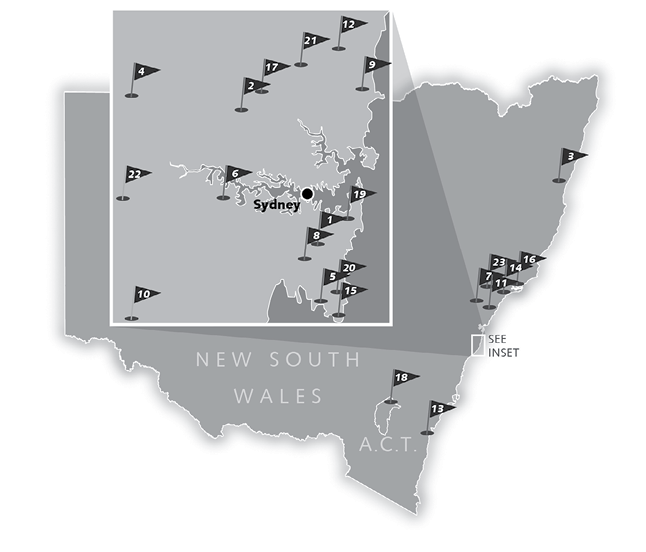
 The Australian GOLF CLUB
The Australian GOLF CLUB
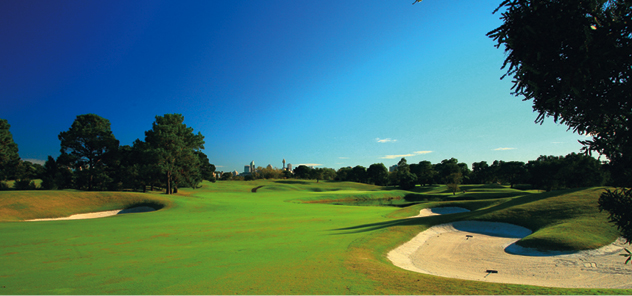
With a rich history dating back to the first days of organised golf in Australia, The Australian is the countrys oldest formal golf club. It was established in 1882 but didnt find a permanent home at Kensington, in Sydneys inner southern suburbs, until 1904, hosting the inaugural Australian Open later that year. The early design was tweaked by Dr Alister MacKenzie in 1926, and for decades the links-style courses reputation continued to grow. Melbourne designer Sloan Morpeth made some more changes in the mid-60s when the airport freeway was expanded. The biggest change was yet to come.
The Australians highest-profile member, media magnate Kerry Packer, took over the Australian Open and proposed to play the event at Kensington for several years. He then proposed that the games best player, Jack Nicklaus, should completely redesign the course in time for the 1977 championship. Nicklauss radical changes turned the old links into an American parkland-style layout: heavy mounding, smaller greens, water hazards. Natural dunes were covered with deep rough. Tall trees, mainly pines, were transplanted to the edges of fairways.
Today The Australian bears no resemblance to its original layout, but it remains a fine tournament venue and is still ranked among the countrys top 20 courses. Each time it hosts the Open it provides a grinding test for competitors, especially in windy conditions.
Little has changed since Nicklauss work was completed. He combined the original par-four 10th and the short 11th to create a 455-metre par-five, in what makes for a gentle beginning to one of Australias toughest courses. The tee is perched high, and bunkers on the right of the slight dogleg fairway suggest that a drive moving left to right is ideal. Players hugging the corner with their tee shot earn the best line into the flag. The green is set to favour a shot that turns the opposite way to the drive.
Being able to shape a shot either left or right, even on the par-threes, is certainly an advantage here. The 186-metre 4th hole is a one-shotter over water and on to a wide green that is angled to accept a big, high fade (from a right-hander) as the perfect shot. The front bunker guards the most difficult pin in the right corner, and the back left bunker catches any long pulls that stray left. Of course, Nicklaus was the master of the high, long, left-to-right shot, and it is perhaps no surprise that he would build holes well suited to his eye and his game. On a still day, this is not a difficult hole. Into the wind, it takes a great shot to find the target.
The most difficult hole comes late in the round: the 438-metre, par-four 16th. It begins with a tight drive to a fairway cambered from right to left. Missing the short grass from the tee guarantees a bogey or worse, for not only is the second shot long, but the green cannot be hit with a running approach. The putting surface sits on a left-to-right diagonal, with a deep bunker at the front, and the perfect shot, again, is a big, high fade. When the wind is coming from the south, it makes the 16th less brutal and adds difficulty to the 392-metre, par-four 17th, which runs in the opposite direction and is flanked by a lake that curls around to sit in front of the green.
The Australians firm, fast-rolling greens call for precise hitting and club selection, while the surrounding mounds, hollows, water hazards and deep bunkers are positioned to hamper good scoring. It is a private members club but members of interstate or overseas clubs, with an official handicap, may be introduced by the general manager.

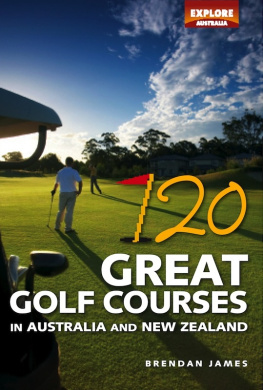
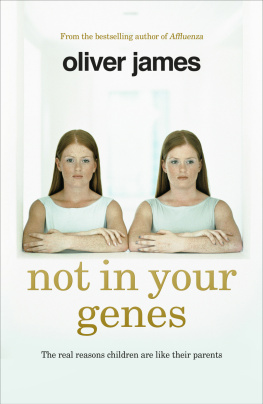
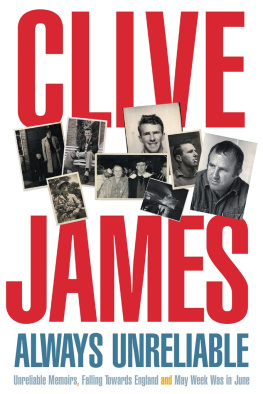

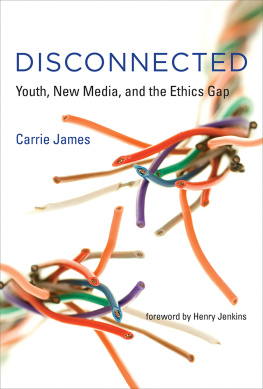


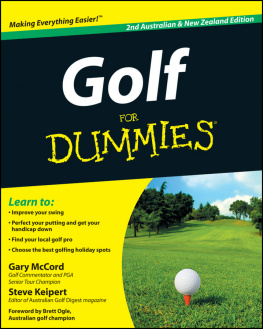

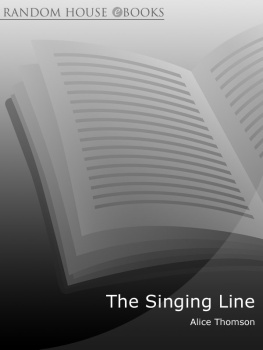

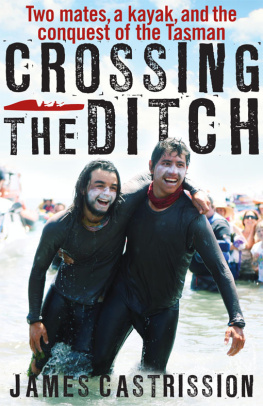
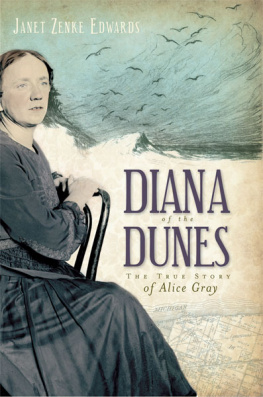

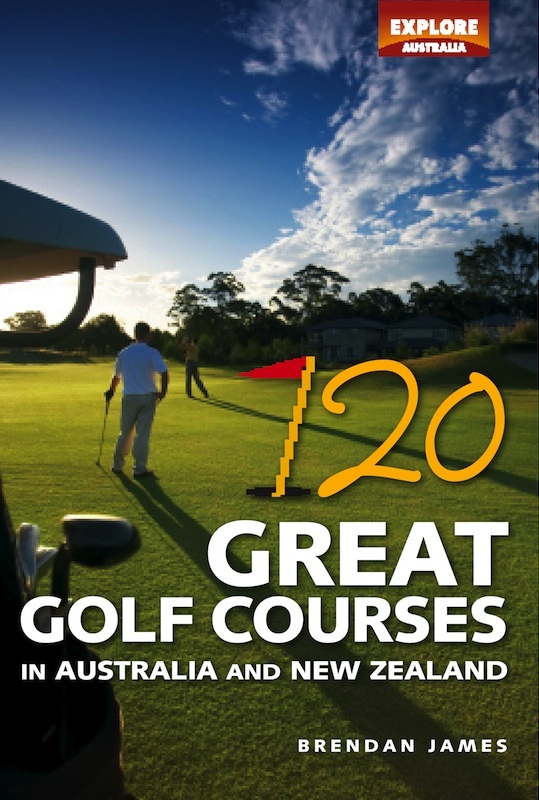



 The Australian GOLF CLUB
The Australian GOLF CLUB